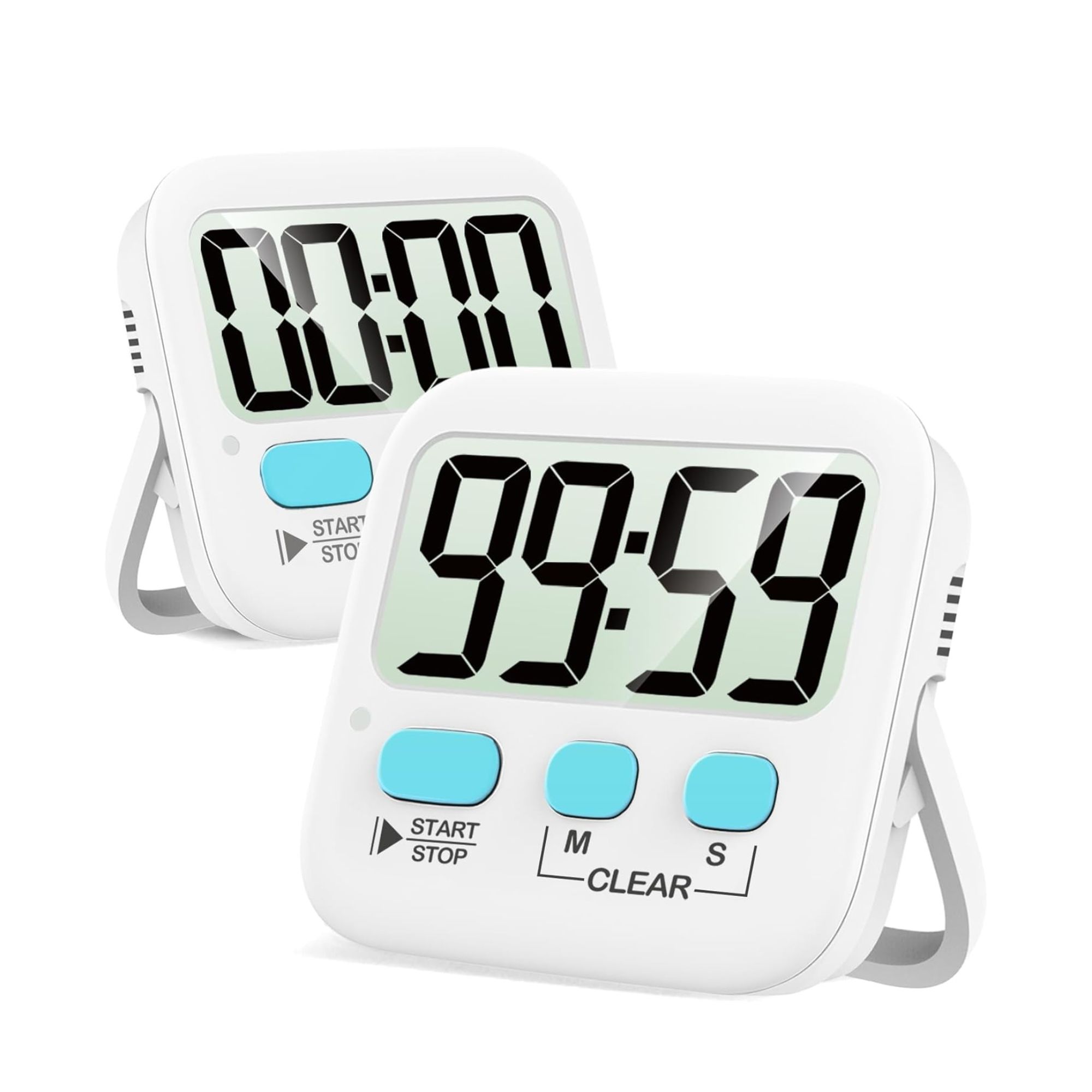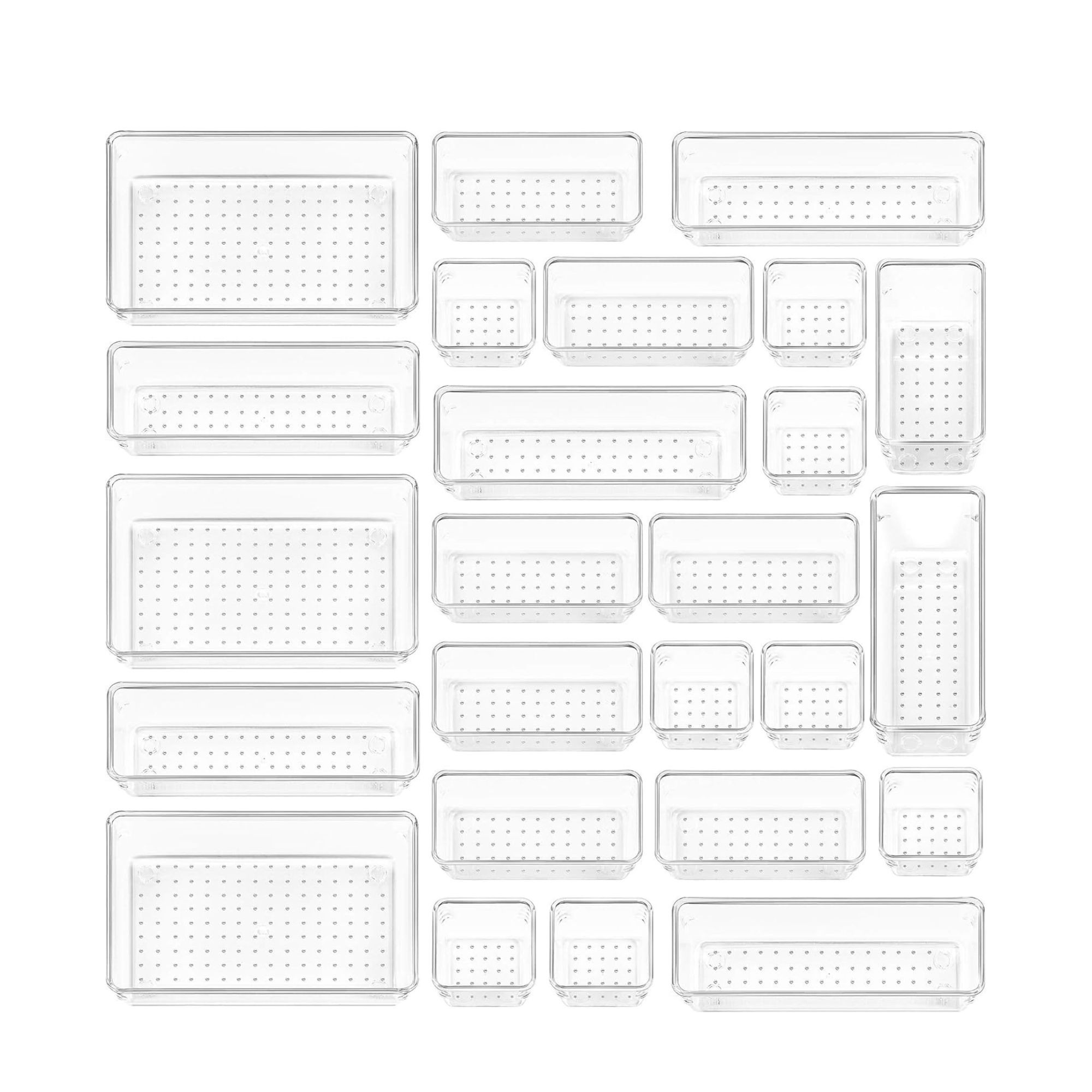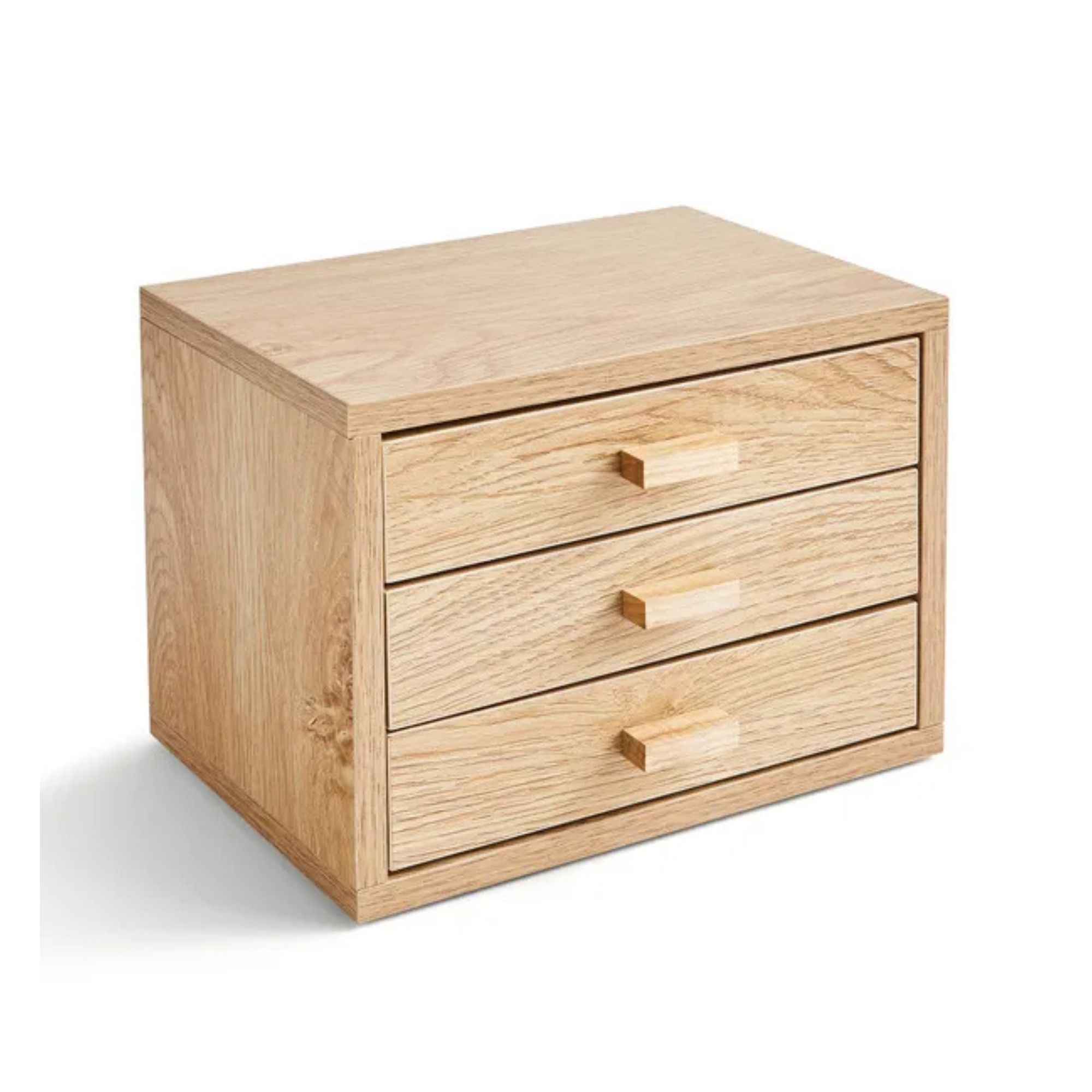‘I’ve never been so ruthless!’ This is how I used the 5-second decluttering rule to *finally* declutter my under-the-stairs cupboard
Now I've stopped second-guessing my decisions

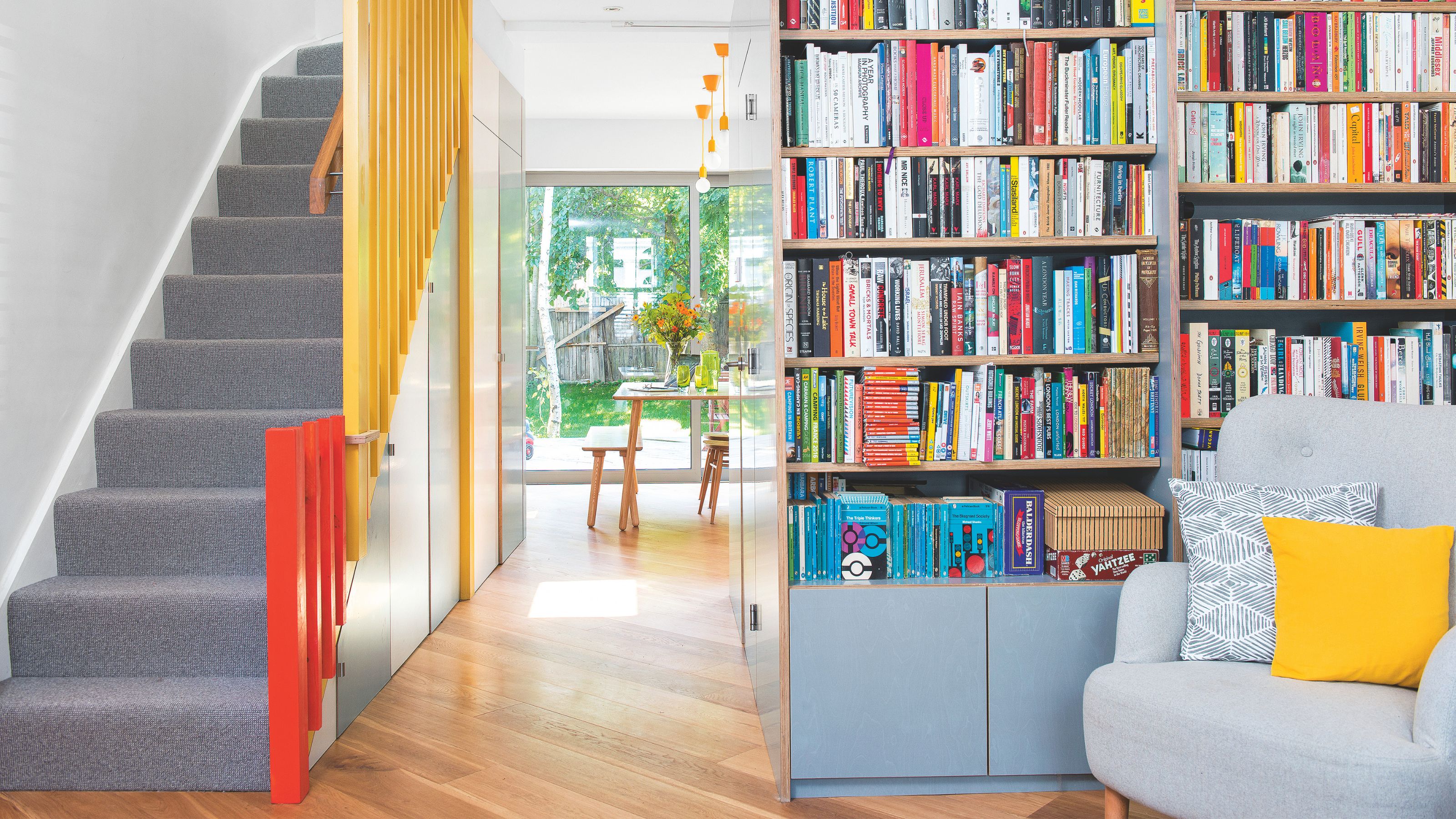
Let’s be honest, everyone has a junk drawer. But me? I have a whole junk cupboard. My cupboard under the stairs, to be precise. And while I’ve tried on many occasions to part ways with the clutter and junk that lives under there, none have been quite as effective as the 5-second decluttering rule.
Yep, I’m no stranger to the many decluttering methods out there, but I often find that they’re best used when they’re room or area-specific. For example, I swear by the Project 333 decluttering method for my wardrobe, and the four-box decluttering method was ideal for sorting out the junk that was underneath my bed. But I struggle with my under-the-stairs junk cupboard because it’s a whole cacophony of random stuff.
We’re talking shoes, cleaning products, coats, and just about anything else that doesn’t have a proper ‘home.’ I even have a shelving system within the cupboard full of spare batteries, pens, and random screwdrivers. So, I hoped that the 5-second decluttering rule would help me finally part with my junk (while also keeping the things I need), and I was pleasantly surprised by the results.
What is the 5-second decluttering rule?
It can often be hard to get rid of emotional clutter - whether that’s old photographs or the old stationery that you’re weirdly attached to, even though you never use it anymore. But the 5-second decluttering rule aims to help you declutter everything with a split, 5-second decision.
So, you pick up the item, and decide whether you want to keep it or not in 5 seconds or less. This can also help you declutter a house fast, and this instinctual decision is something that Shannon Murphy, Professional Organiser and Founder of Simpl Living Co, wholeheartedly believes is the key, as it gives us all less time to second-guess ourselves.

Shannon Murphy is the founder of Simpl Living Co and minimalist-minded professional organiser based in West Sussex. Her mission extends beyond merely assisting individuals in decluttering, although that is an important aspect. Her overarching goal is to empower people to adopt a life free from the societal stereotype that buying more will make you happy.
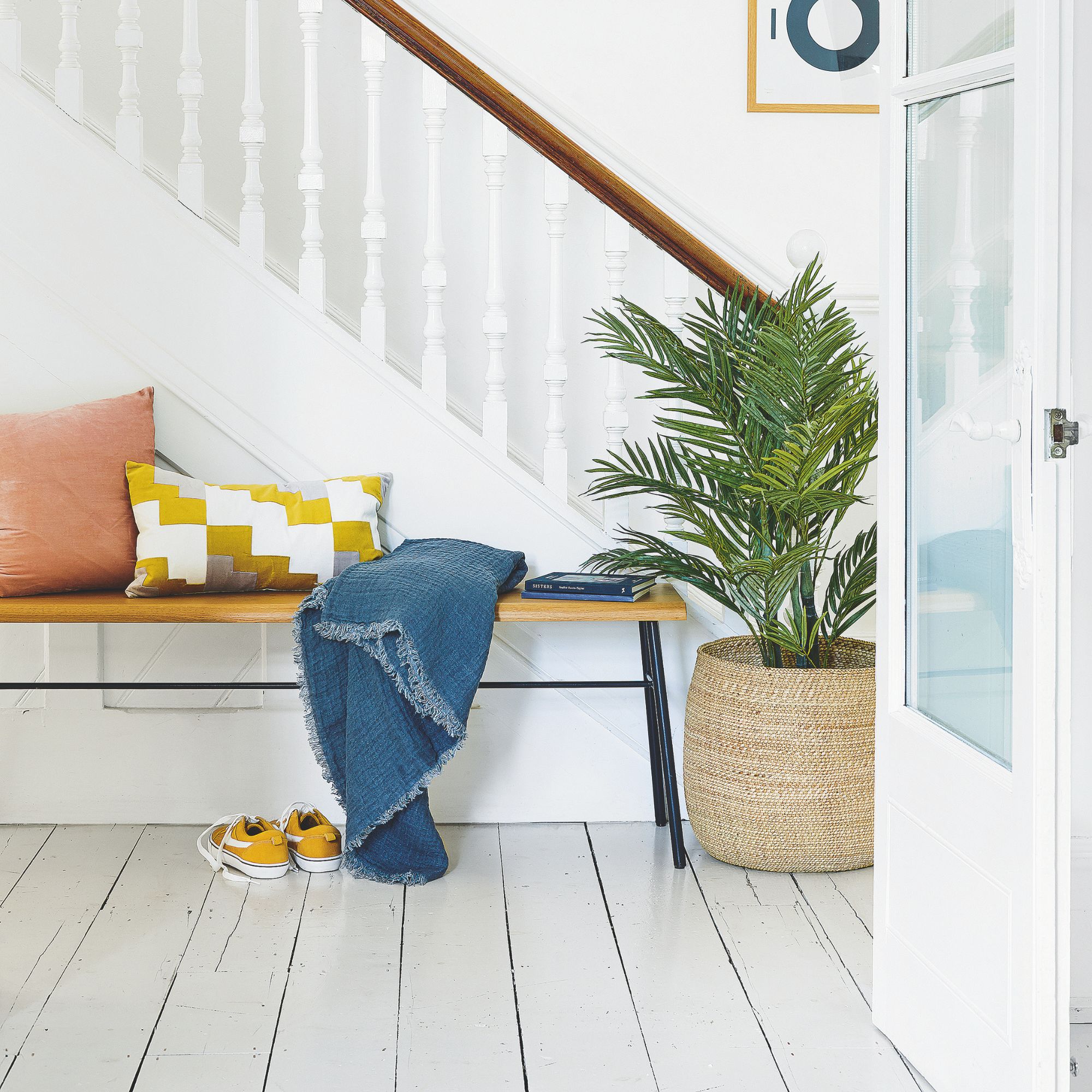
She says, ‘Effective decluttering should be rooted in gut instinct. So often, we override that initial feeling and start finding reasons to keep something, even when we know deep down we no longer want, need, or use it. I really believe that if something isn’t a definite yes, then it should be a no, and this rule applies just as much when decluttering as it does when making purchasing decisions.’
Of course, decluttering this way doesn’t mean that you immediately have to get rid of these things. It may be that you simply need to give it a proper home, and there are so many other ways to get rid of items after a declutter that you could re-use them, sell them, or donate to family and friends so they stay close.
Sign up to our newsletter for style inspiration, real homes, project and garden advice and shopping know-how
How I used the 5-second decluttering rule
Although I know I’m lucky to have under-the-stairs storage, it’s also the biggest storage space I have downstairs, which means it becomes a dumping ground for everything that doesn’t have a dedicated home. And as it’s largely filled with practical things - rather than emotional items - I decided that it was the perfect space to try out the 5-second decluttering rule. Plus, I haven’t had any luck with decluttering it before.
So, I pulled everything out of the cupboard (which is always the worst part of decluttering, right?) and laid it out on the floor, before picking up each item one by one and making a quick, 5-second decision as to whether I wanted to keep it. I even used my egg timer to make sure I didn’t take any longer than that.
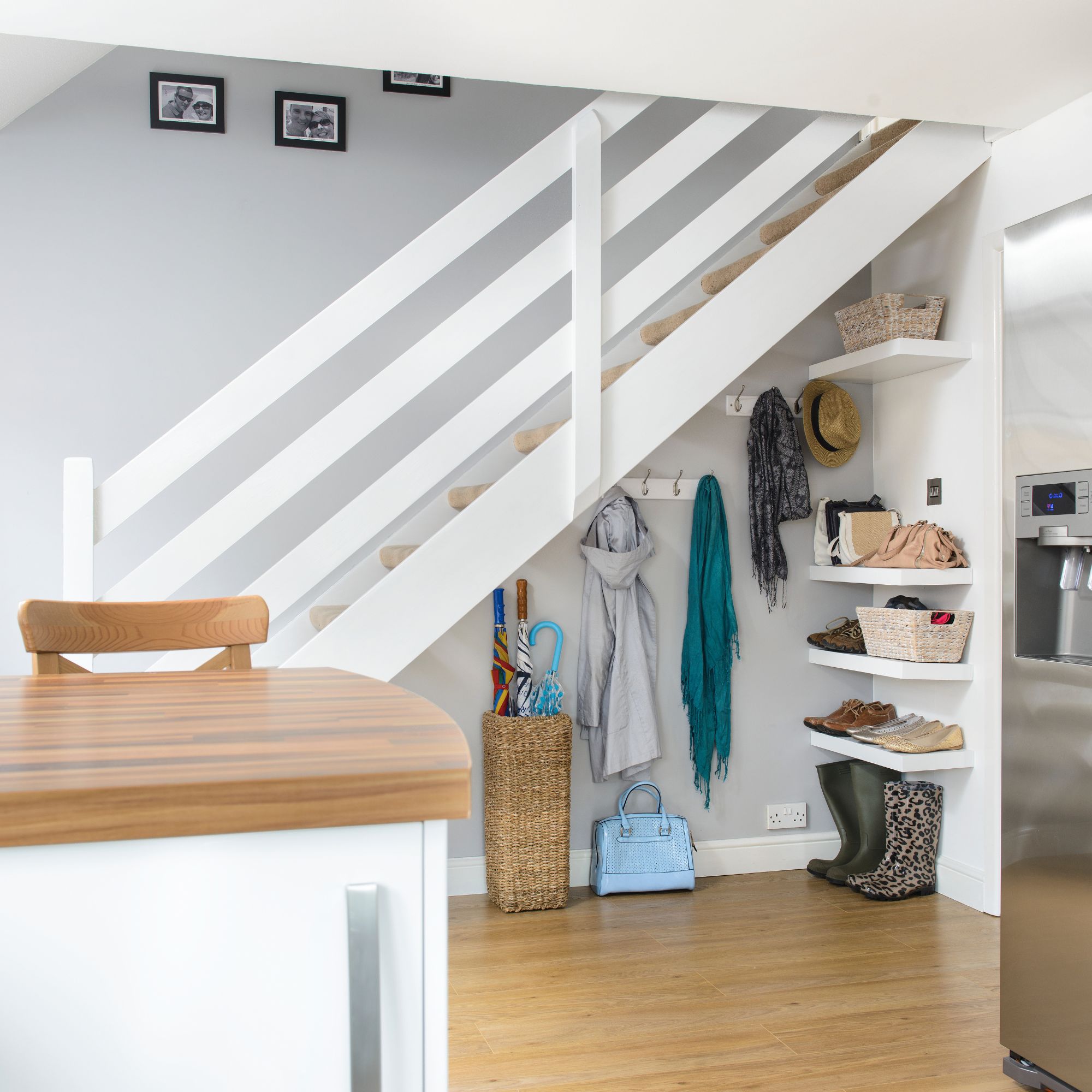
Some of the decisions were easy, especially when it came to decluttering my cleaning products, as I had so many products that were either empty or out of date - so they went straight into the bin. I also managed to get rid of old shoes I hadn’t worn in years in about a second, too.
There were some decisions that took me a bit closer to the 5-second limit, but overall, I found the whole process extremely cathartic, and I've never been so ruthless. It was the perfect decluttering method for my junk cupboard, and in the end, I was left with about half of what I had originally. I didn't even second-guess my decisions, either, which is what I usually do.
Then, to finish, I followed the steps to organise a junk drawer to turn my chaotic cupboard into something a little more practical. And it worked a treat.
The downsides of the 5-second decluttering rule
However, it's worth noting that the 5-second rule may not suit everyone - or even every area of the house. This is especially true if you want to lean into your emotions when decluttering, rather than pushing them to the side.
Lesley Spellman and Ingrid Jansen, who run The Declutter Hub, warn, ‘The biggest problem we see is that it encourages speed over thought. If you’ve got clutter that’s been in your home for years - especially things with memories or emotional attachment - you simply can’t make those decisions in five seconds.’

Ingrid Jansen and Lesley Spellman are the UK’s leading authority on decluttering and organising your home as The Declutter Hub, which boasts a top one percent podcast with more than 2.5 million downloads, and a Facebook community of 60,000 members. Their bestselling Bloomsbury Publishing book - Reset Your Home, Unpack Your Emotions And Your Clutter, Step By Step is out now.
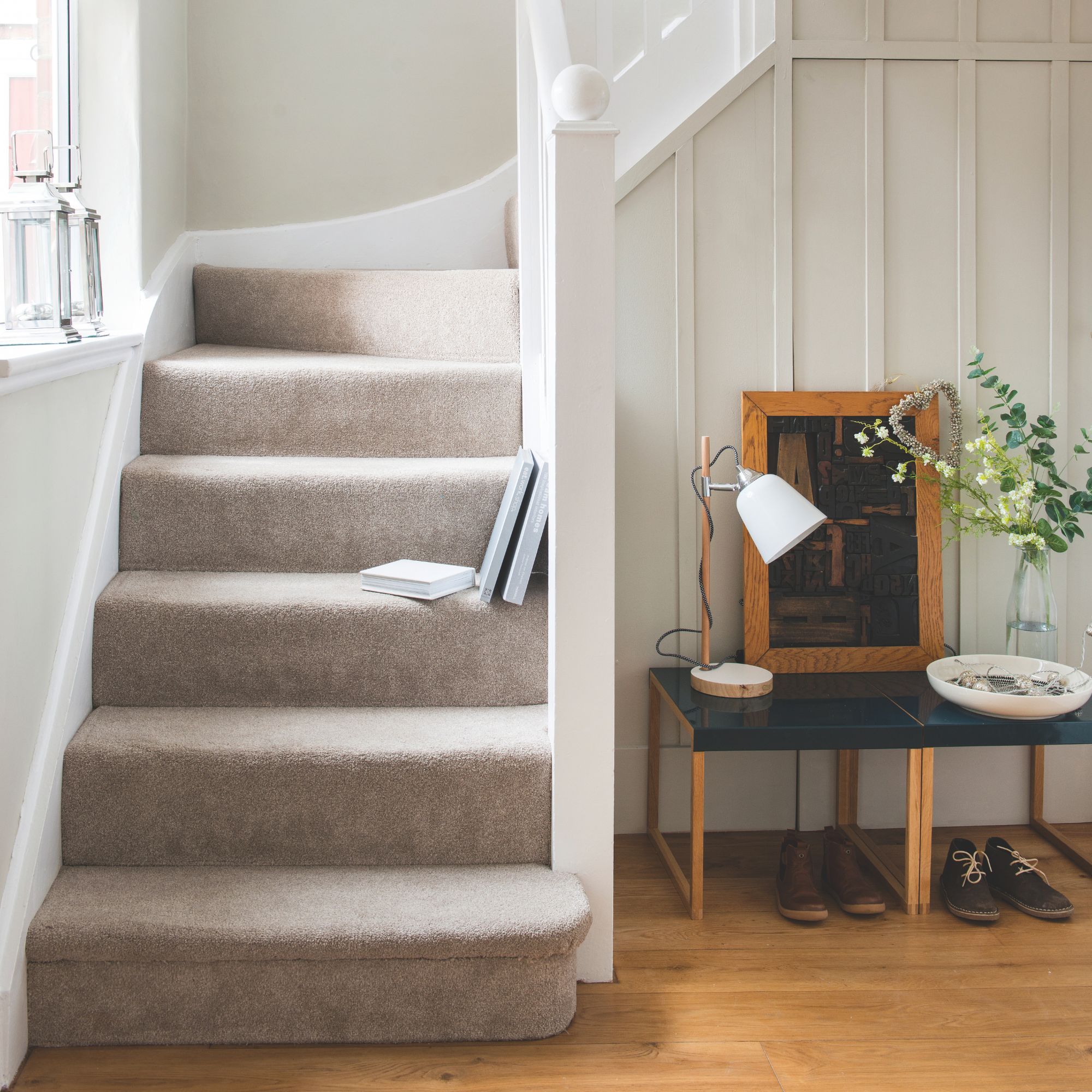
They add, ‘And if you do, you might end up regretting it later. Our methods support more sustainable, emotions-based decluttering; giving yourself the time and space to be considered, rather than rushing to make a decision under unnecessary pressure.’
So, if you’re going to try out the 5-second decluttering rule for yourself, it’s probably best that you focus on areas of the house that don’t have too many emotional items in them - like your kitchen cabinets, bathroom storage areas, or your junk drawers or cupboards.
Shannon also adds, ‘I’d also say it also works best when you’re feeling energised and mentally clear, not at the end of a long decluttering session when decision fatigue has set in.’
5-second decluttering rule essentials

I love labelling things, and a label maker is one of the best decluttering products you can have in your locker when trying out the 5-second decluttering rule.
So, will you be giving the 5-second decluttering rule a whirl?

Lauren Bradbury has been the Content Editor for the House Manual section since January 2025 but worked with the team as a freelancer for a year and a half before that. She graduated with a Bachelor’s degree in English and Creative Writing from the University of Chichester in 2016. Then, she dipped her toe into the world of content writing, primarily focusing on home content. After years of agency work, she decided to take the plunge and become a full-time freelancer for online publications, including Real Homes and Ideal Home, before taking on this permanent role. Now, she spends her days searching for the best decluttering and cleaning hacks and creating handy how-to guides for homeowners and renters alike, as well as testing vacuums as part of her role as the Ideal Home Certified Expert in Training on Vacuums, having spent over 110 hours testing different vacuum models to date!
